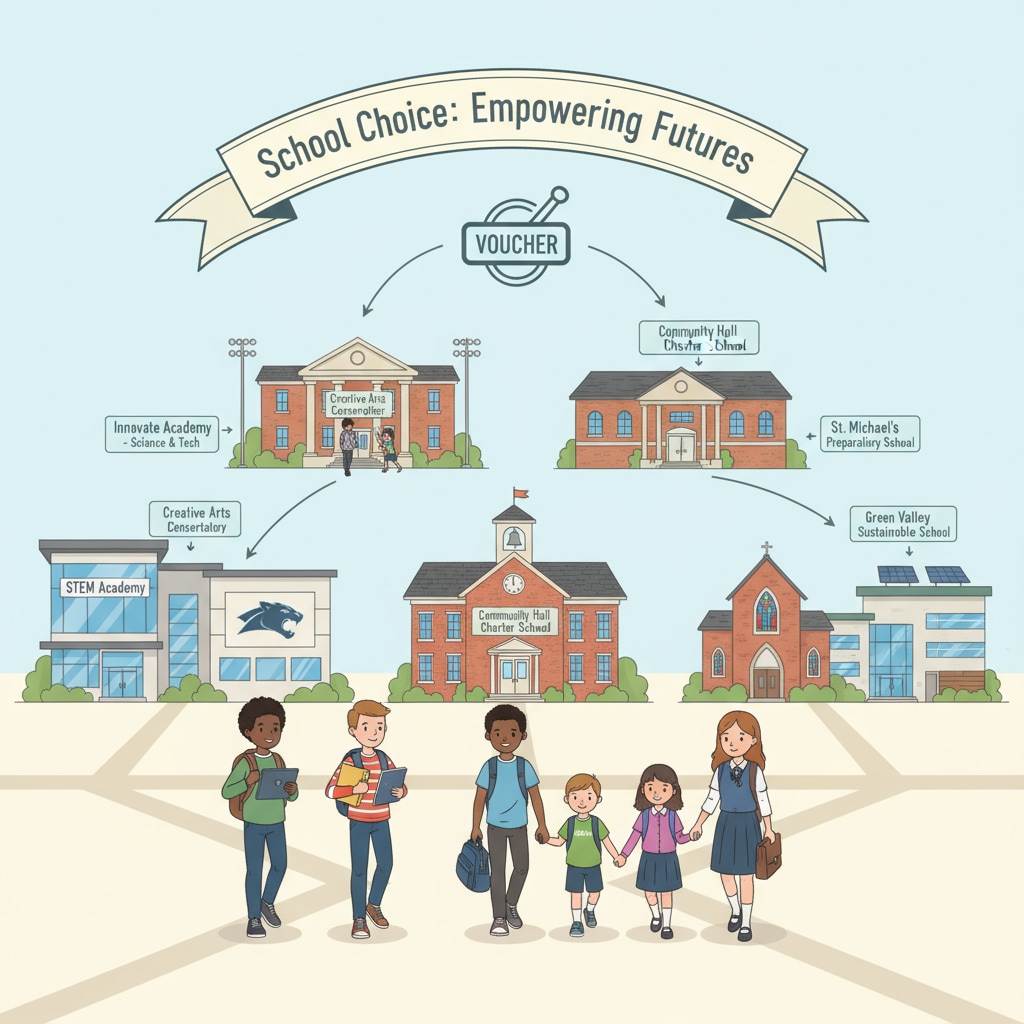The school vouchers policy, which involves public schools and funds, has been a highly contentious topic in American education reform. This policy has divided opinions, with supporters hailing it as a means to enhance family choice and stimulate educational innovation, while opponents express concerns about potential negative impacts on public schools and the exacerbation of educational inequality.

Let’s delve deeper into both sides of this important debate.
The Case for School Vouchers
One of the main arguments in favor of school vouchers is the increased choice for families. With vouchers, parents are not restricted to sending their children to the neighborhood public school. Instead, they can use the voucher to send their kids to private schools, charter schools, or other educational institutions that they believe better meet their children’s needs. For example, a family with a child who has special educational requirements may find that a particular private school offers more specialized programs. This gives parents the power to make decisions that are in the best interests of their children’s education. Learn more about school vouchers on EdChoice

The Concerns Against School Vouchers
Opponents of the school vouchers policy are primarily worried about the potential negative impact on public schools. When students leave public schools to use vouchers at other institutions, it can lead to a loss of funds for public schools. Public schools rely on funding based on the number of students enrolled. As a result, a decrease in enrollment due to vouchers can mean less money available for resources, teacher salaries, and educational programs. This could potentially lead to a decline in the quality of education in public schools, especially in disadvantaged areas. The National Education Association’s stance on opposing school vouchers
Another concern is the potential for increased educational inequality. Vouchers may not cover the full cost of tuition at some private schools, which means that wealthier families may be better able to supplement the cost and send their children to more prestigious institutions. On the other hand, lower-income families may still be limited in their choices, even with vouchers. This could widen the gap between the educational opportunities available to different socioeconomic groups.
In conclusion, the school vouchers policy is a complex issue that involves the delicate balance of public schools and funds. While it offers the promise of increased educational choice and innovation, it also poses significant threats to the stability and equality of the public education system. As the debate continues, it is crucial to consider both the potential benefits and drawbacks to make informed decisions about the future of K12 education in the United States.
Readability guidance: This article uses short paragraphs and lists to summarize key points. Each H2 section provides relevant information in a clear manner. The proportion of passive voice and long sentences is controlled, and transition words are used throughout the text to enhance readability.


